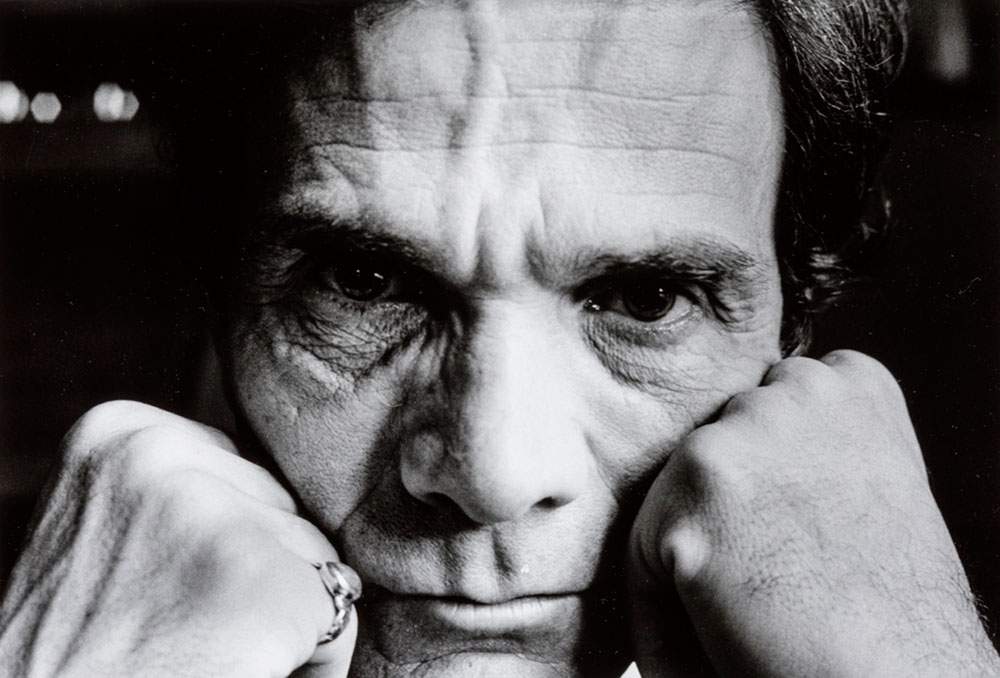What are the artistic references of Pasolini's films? A focus exhibition at the Magnani-Rocca
On the occasion of the centenary of Pier Paolo Pasolini’s birth, which occurred on March 5, 1922, in Bologna, the Magnani-Rocca Foundation, in the Villa of Mamiano di Traversetolo (Parma), presents from Sept. 11 to Dec. 12, 2021, a focus exhibition that aims to highlight the poet and director’s open dialogue with literature, cinema, and the figurative arts. The search for this dialogue was also at the center of the cultural interest of Luigi Magnani, founder of Magnani-Rocca, who lived in Rome at the same time as Pasolini and owned his publications. Special attention will be given to artistic and aesthetic references in Pasolini’s films.
Pier Paolo Pasolini. Photograms of Painting, this is the title of the exhibition curated by Stefano Roffi and Mauro Carrera, is inspired by the fact that Pasolini, also a painter all his life, always pointed to pictorial models as references for his own cinematic language, more by style than iconography, often constructing the shots as painted scenes.
On display are sumptuous costumes made for the films, lent by the CSAC in Parma, and worn by famous actresses such as Silvana Mangano, original movie posters, rare period photographs and a photo gallery of the works of art Pasolini had as references, juxtaposed with scenes from the films.
Particularly in his first film Accattone (1961), the influence of the famous scholar and art critic Roberto Longhi, whose student Pasolini was at the University of Bologna, and his lectures on the Romanesque, Masaccio and Caravaggio emerge. Even in his second film Mamma Roma (1962), the final image of the boy, dying and bound in the prison infirmary, echoes Andrea Mantegna’s Dead Christ.
In La ricotta, an episode from RoGoPaG (1963), Pasolini reconstructs a tableau vivant, two works by Tuscan Mannerists: the monumental Deposition of Christ by Rosso Fiorentino (1521) and the imposing altarpiece, of similar subject, by Pontormo. There are also numerous pictorial references in The Gospel According to Matthew (1964) and Theorem (1968), particularly Piero della Francesca and Francis Bacon; and again, in The Decameron (1971) the director declares his debt to Giotto and Velázquez, but great art is present in the aesthetic conception of all Pasolini’s films, up to the last Salò or the 120 Days of Sodom. The extreme tableau vivant is the director’s Caravaggesque death in Ostia on Nov. 2, 1975.
The exhibition has the patronage and collaboration of the Centro Studi Pier Paolo Pasolini in Casarsa della Delizia (PN) and the Centro Studi - Archivio Pier Paolo Pasolini at the Fondazione Cineteca di Bologna. The collaboration with the AAMOD Foundation will make it possible for the documentary Pasolini culture and society (1967) by Carlo Di Carlo to be shown at the exhibition.
For info: www.magnanirocca.it
Hours: Tuesday to Friday from 10 a.m. to 6 p.m.; Saturday, Sunday and holidays from 10 a.m. to 7 p.m. Closed Mondays.
Image: Pier Paolo Pasolini (Rome, 1971). Photo by Sandro Becchetti.
 |
| What are the artistic references of Pasolini's films? A focus exhibition at the Magnani-Rocca |
Warning: the translation into English of the original Italian article was created using automatic tools. We undertake to review all articles, but we do not guarantee the total absence of inaccuracies in the translation due to the program. You can find the original by clicking on the ITA button. If you find any mistake,please contact us.




























